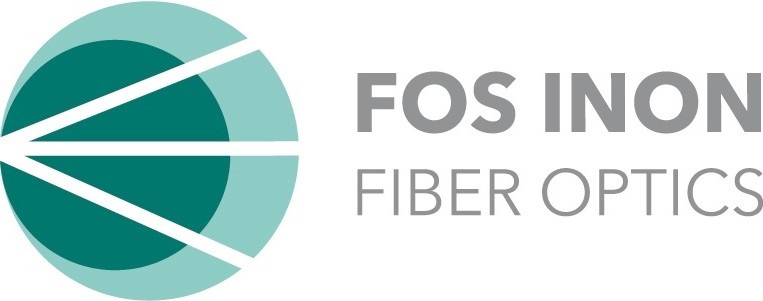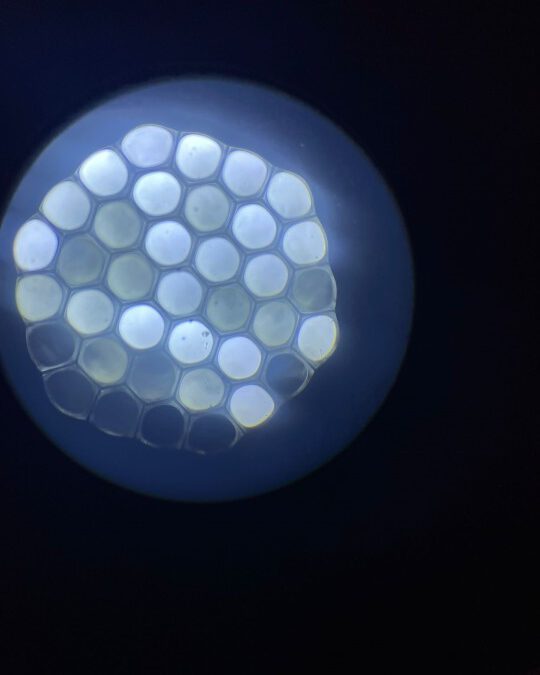Discover your future with fiber optics! Our latest article explores welding multimode double-clad fiber bundles for solid ends, revolutionizing applications!
Fiber optic bundles are extensively used in various applications, including telecommunications, medical imaging, and industrial sensing. In specific scenarios, merging multiple fibers into a single, solid end becomes necessary. This article explores the process of welding multimode fiber bundles together to create a unified and robust fiber optic assembly.
Understanding Multimode Fiber Bundles:
Multimode fiber bundles consist of several individual optical fibers aligned side by side and surrounded by silica capillaries. The unique cladding provides enhanced protection to the inner core and minimizes optical signal losses. These bundles are commonly used in high-power laser delivery systems, imaging, and other applications requiring efficient light signal transmission.
Motivation for Welding:
The need to weld multimode fiber bundles arises from several practical reasons. First, it allows for seamless integration of multiple fibers, eliminating the need for complicated and lossy splicing techniques. Second, welding provides mechanical strength, ensuring a robust connection that can withstand environmental stresses, mechanical strains, and higher packing rates on active diameter. Finally, welding allows for a reduction in signal losses, enabling improved transmission efficiency.
Welding Process:
The welding process for multimode bundles requires precision and expertise. Here are the key steps involved:
Before welding, each fiber end must undergo careful preparation. This includes stripping off the protective coatings and ensuring clean, flat, smooth end faces. The fibers are then accurately aligned to achieve optimal light coupling. Alignment is critical to minimize signal losses at the junction point. Fusion splicing is the welding technique used to join the fibers. The prepared fiber ends are brought together and subjected to localized heating using an electric arc or laser during this process. The heat causes the glass to melt and fuse, creating a seamless solid connection. After the fusion is complete, the tip area is carefully cooled to solidify the connection. The welded portion is often encapsulated or surrounded with a suitable material to provide additional protection and mechanical stability.
Applications:
The welding of multimode fiber bundles to one solid end opens up various applications:
In high-power laser systems, a solid end allows efficient and safe delivery of laser energy, reducing losses and minimizing damage to the fibers. Solid end fiber bundles can be used in endoscopy and other medical imaging applications to effectively deliver light to the target area. Welded fiber bundles find utility in industrial sensing and remote sensing instruments where robust and efficient light transmission is essential. Solid-end fiber bundles can improve data transmission in certain telecommunications scenarios, especially when dealing with high-power and multiple signal sources.
Welding multimode fiber bundles to create a single, solid end offers significant advantages in various applications requiring efficient light transmission and mechanical robustness. As fiber optic technology continues to evolve, advancements in welding techniques are likely to play a vital role in meeting the demands of modern high-performance optical systems.
We are excited to announce that the cutting-edge technology of welding multimode fiber bundles to a solid end is now available to our esteemed customers, courtesy of FOS Inon Optics. This breakthrough advancement in fiber optic joining techniques brings seamless integration, mechanical robustness, and enhanced transmission efficiency to various applications, ranging from high-power laser delivery systems to medical imaging and industrial sensing. At FOS Inon Optics, we are committed to pushing the boundaries of fiber optic solutions, and we invite our customers to explore the endless possibilities this technology unlocks for their diverse needs.

